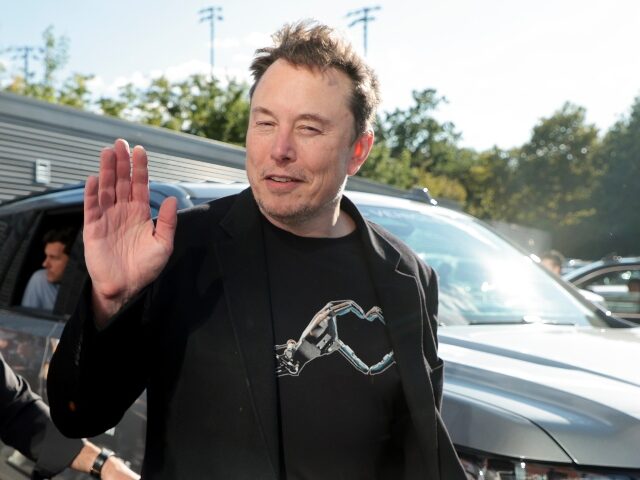Tesla’s Optimus robots, which played a significant role in Elon Musk’s extravagant robotaxi reveal last week, were not fully autonomous and relied on human intervention, according to attendees and analysts.
The Verge reports that at Tesla’s highly anticipated “We, Robot” event, held in conjunction with the reveal of its Cybercab robotaxi, the company showcased its Optimus humanoid robots which interacted with the crowd, serving drinks, playing games with guests, and even dancing. The robots’ ability to engage in conversation and respond to verbal and visual cues left many attendees impressed. However, it has come to light that the robots’ seemingly advanced capabilities were largely due to human assistance behind the scenes.
Attendee Robert Scoble, who initially posted about the robots’ impressive performance, later clarified that he had learned from an engineer that the robots were being “remote assisted” by humans. This revelation was further supported by Morgan Stanley analyst Adam Jonas, who noted in a report that the robots “relied on tele-ops (human intervention).”
Several telltale signs pointed to the involvement of human operators in the Optimus robots’ actions. For instance, each robot had a distinct voice, and their responses to attendees’ questions were immediate and accompanied by matching gesticulations. In one video, an Optimus robot jokingly admitted to an attendee that it might be partially controlled by AI, while another robot, in a stilted synthetic voice, stated, “Today, I am assisted by a human,” acknowledging that it was not fully autonomous.
Tesla’s CEO, Elon Musk, has a history of employing theatrical elements to generate buzz around the company’s products. The initial announcement of the humanoid robot featured a person in a robot suit on stage, setting the tone for the hyperbolic presentation of the Optimus robots at the recent event. While attendees did not seem to feel misled by the robots’ assisted performance, the event provided little insight into the actual progress of Tesla’s humanoid robotics work.
Tesla’s robotaxi event was largely a flop that resulted in a significant drop in Tesla’s share price. As Breitbart News previously reported:
In typical Musk fashion, the billionaire entrepreneur made bold claims about the Cybercab’s pricing and timeline. He stated that Tesla expects the cost to be below $30,000 and that the vehicles would enter production sometime in 2026, before hedging with “well, I tend to be a little optimistic with time frames, but in 2026… Before 2027, let me put it that way.” Musk also asserted that the Cybercab would be “the lowest cost by far of any transportation in history,” even suggesting a per-mile price of as low as 50 cents.
However, Musk’s track record when it comes to delivering on ambitious promises has left many skeptical. The CEO has been touting the imminent arrival of fully autonomous Tesla cars for the better part of a decade, with the goalpost seemingly always just a couple years away. In 2019, Musk infamously claimed that Tesla would have a million robotaxis on the road by 2020, a prediction that failed to materialize. More recently, in 2022 Musk stated that Tesla’s Full Self-Driving (FSD) technology would be able to drive without human intervention from home to work, most likely by the end of the year, another unfulfilled promise. A website tracks Musk’s history of broken promises.
Read more at the Verge here.
Lucas Nolan is a reporter for Breitbart News covering issues of free speech and online censorship.

COMMENTS
Please let us know if you're having issues with commenting.